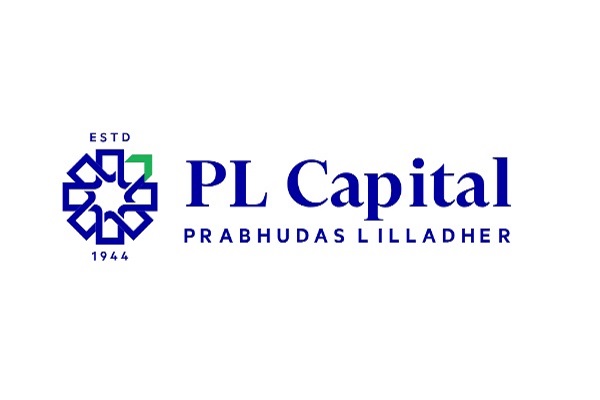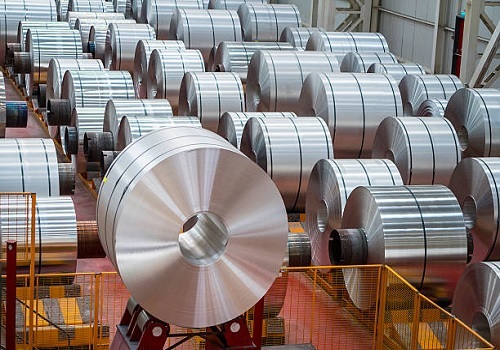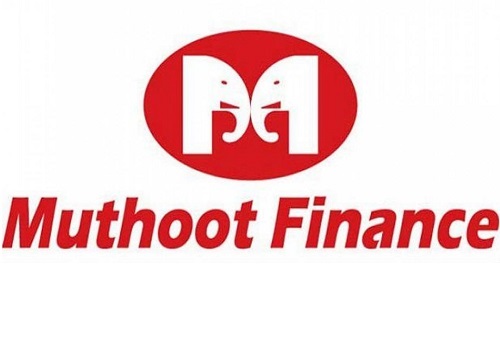NBFC Sector Update: Powered and well controlled for the long haul By Emkay Securities Ltd

Powered and well controlled for the long haul
We initiate coverage on public sector power financiers with a positive view, and recommend BUY on PFC and REC. Our optimistic stance is underpinned by three factors. 1) With planned capex of over Rs33trn during FY23-32 in Generation, Transmission, and Distribution, including focus on renewables, power storage, and green hydrogen, the growth runway is long and visibility high. 2) Lessons learnt from the previous cycle (ie project gestation risk, PPA/FSA risks, and so on), a host of Central Government-driven reforms addressing the sustainability issue in the sector by attempting to resolve the burning issue of ‘who pays the bill’, continued benign competition from banks in the power space, and gradual diversification approach adopted by PFC/REC provide reasonable comfort around asset quality issues and, hence, added confidence around profitability. 3) Valuations, despite being higher (1YF Dec-25E P/BV of ~1.5x for REC, and 1.14x for standalone PFC) than the long-term median of 0.7x, remain palatable for the growth and profitability profile, along with near clean-up of past baggage. Against this backdrop, we initiate coverage with a BUY on both – PFC with Dec-25E TP of Rs600 (at standalone FY26E P/BV of 1.5x and 25% holdco discount on ~52.6% stake in REC), and REC with Dec-25E TP of Rs650 (implying 1.9x FY26E P/BV). The controlled upcycle in power capex and lending is here to stay, and both players provide the optimal path to ride it
Planned capex in the Power ecosystem provides long-term growth visibility The National Electricity Plan (NEP) envisages Rs33trn capex in the power sector ecosystem over FY23-32, as India continues to meet peak power demand of 458GW (~2x of current) by installing ~1,000GW capacity, consisting of over 500GW of renewable installed capacity. Capex would happen across the power sector ecosystem, including generation (conventional and renewables), and transmission and distribution—including power storage system—to support the ambitious renewable mix plans. Given their sectoral expertise and focus, along with regulatory advantage, PFC and REC are well placed to capture debt-funding opportunities
Recent reforms, past learnings, conservative approach to growth provide comfort PFC and REC have significantly benefited from the resolution of legacy NPAs, achieving multi-year lows in GNPA and NNPA ratios. During the current power upcycle, the acquisition of distressed power plants by larger players has facilitated stressed asset resolutions – a trend likely to continue. This recovery, combined with improving cash flows from thermal power plants, positions both lending companies for potential provision reversals, thus further enhancing profitability. Additionally, GoI’s Revamped Distribution Sector Scheme (RDSS) aims to strengthen DISCOMs’ financial health by modernizing infrastructure, targeting AT&C losses of 12-15%, and eliminating the ACS-ARR gap by FY25. Complementing this, the Late Payment Surcharge (LPS) Rules, 2022 address cashflow challenges and ensure timely payments in the power sector. Since their implementation, legacy dues have decreased, from Rs1.39trn in Jun-22 to Rs246.8bn by Nov-24, with improved payment discipline and no defaults reported on installment payments. Given such structural tailwinds, PFC and REC are favorably positioned to capitalize on India’s energy transition, thus offering compelling investment opportunities supported by enhanced profitability and reduced credit risk.
We initiate coverage with BUY on both, PFC and REC Sustained double-digit loan growth, stable margins, and improving asset-quality support robust earnings visibility for companies in the sector. Despite offering consistent dividend payouts and maintaining strong return ratios, we believe sector players continue to trade at a discount to their book value. We project ~13%/~18% AUM CAGR for PFC/REC over FY24-27E, along with ~19%/~20% ROE during FY25-27E, respectively, driven by robust credit demand, write-backs, and net credit cost of -5bps to 5bps over FY25-27E.We initiate coverage on PFC and REC with BUY and Dec-25E TP of Rs600 and Rs650 (31% and 25% upside, respectively), valuing REC at FY26E P/BV of 1.9x, and PFC at FY26E standalone P/BV of 1.5x and 25% holdco discount on its REC stake.
Investment thesis We initiate coverage on PFC and REC with BUY and Dec-25E TP of Rs600 and Rs650 (~31 and 25% upside, respectively), implying FY26E P/BV of 1.9x for REC, and FY26E P/BV of 1.5x and 25% holdco discount on REC stake for PFC . Our positive stance on the stock is underpinned by three factors, which are: 1) a favorable capital expenditure cycle in power generation and distribution, which creates substantial lending opportunities for infrastructure financiers; 2) improving financial health and profitability of the power sector, supported by government reforms, enhanced cash flows for GENCOs (generation companies) and DISCOMs (distribution companies); and 3) stronger recoveries from stressed projects and improving asset quality, which reduce earnings volatility. Over the past decade, power financiers have successfully navigated significant challenges, including rising stress pool and elevated provisions, by adapting to regulatory and structural reforms. Key measures, such as tripartite agreements and penalties for delayed payments, have addressed legacy issues from the thermal cycle, including poor DISCOM health and PPA (power purchase agreement) unavailability, thereby substantially reducing credit risk. Looking ahead, power financiers are well-positioned to capitalize on macro tailwinds, including heightened power sector capex, government initiatives, and subsidies. Their growth prospects are further bolstered by diversifying loan portfolios, accelerating resolutions of stressed assets, and maintaining stable spreads, thus ensuring robust and sustainable performance. These factors collectively make both stocks an attractive investment opportunity.
Favorable capex cycle supporting growth India’s installed power capacity has grown, from 356GW in FY19 to 442GW in FY24, at CAGR of 4.4%, and is projected to clock 9.3% CAGR over FY24-32. Government target of 500GW renewable capacity by 2030, along with 50% share of non-fossil fuel-based capacity, necessitates an estimated Rs28.68trn in capex during FY24-32, predominantly funded by debt (75%). This translates into ~Rs21trn debt requirement, with ~Rs10trn needed over FY24-27E, thus presenting a substantial lending opportunity for power-focused financiers. Additionally, Rs4.76trn is projected for an enhanced transmission infrastructure over FY22-27, reflecting government commitment toward energy security, renewable integration, and sustainability, hence creating a robust growth avenue for infrastructure financing companies.
For More Emkay Global Financial Services Ltd Disclaimer http://www.emkayglobal.com/Uploads/disclaimer.pdf & SEBI Registration number is INH000000354







_Securities_(600x400).jpg)


More News

Top Conviction Ideas: Cement by Axis Securities Ltd













